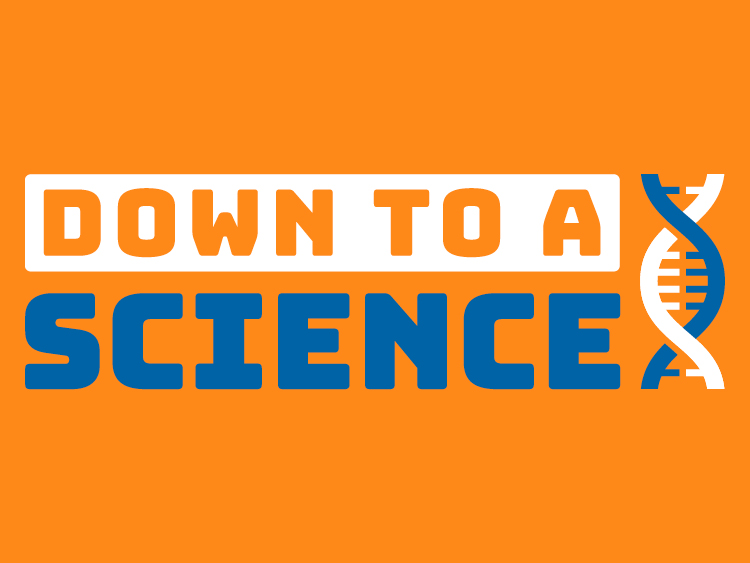When you think of yoga, maybe you conjure in your mind a man with a long beard, wearing a tunic and sitting cross-legged on the floor. Or, maybe you think of a fit, trendy, twenty-something wearing leggings and twisting themselves into pretzel-like poses. Most often, when I mention to someone that I practice yoga, I get a response like, “I’m not flexible enough for yoga!”
I started practicing yoga about four years ago, simply because:
- I was curious.
- There is a yoga studio right down the street from me, so I didn’t have to travel far. (I’m not lazy, just efficient ☺)
Of course, having no prior yoga experience (other than some Nintendo Wii yoga) I opted for the beginner’s class. I really had no idea what to expect but was pleasantly surprised that afterward I felt very calm and relaxed. I was not sore. I did not have to twist myself into a pretzel, put my legs behind my ears, or stand on one foot for half an hour. What we did do was a series of gentle stretches, accompanied by controlled breathing.
I decided to continue taking classes, at first once a week, then twice, and finally three. Each time I came out feeling very good. Over time, small muscle pains disappeared. I felt stronger and more flexible. As I progressed through the classes, the teachers would share the philosophies and purposes of yoga with us. It seemed to me that my understanding of yoga was wrong. As it is, it has very little to do with the poses at all. It’s all about the breathing. Of course, there are yoga classes you can take where you do demanding poses, more intense, faster practices that really get your heart rate up and sweating, but that’s not yoga’s original purpose. It was originally meant to build awareness and harmony in your mind and body. And of course, there is scientific evidence to support what yogis have known for 5000 years.
Physical benefits:
Yoga has been shown to lessen chronic pain, from arthritis, headaches, and carpal tunnel syndrome, lower blood pressure and reduce insomnia. It also leads to increased flexibility, increased muscle strength and tone, improved respiration, a balanced metabolism, weight reduction, a healthier cardiovascular system, and can help with protection from injury.
But there’s more to yoga than just the physical, it also has psychological benefits, such as improving the symptoms of depression, attention deficit, hyperactivity and sleep disorders. It can also help manage stress, which can have devastating physical effects on the body as well.
Yoga has been shown to decrease the secretion of cortisol, the primary stress hormone in the body. Too much cortisol can lead to anxiety and depression, headaches, weight gain and trouble sleeping, among others. Practicing yoga regularly has also been shown to increase the level of gamma-aminobutyric acid, or GABA, a naturally occurring amino acid that works as a neurotransmitter in your brain. Neurotransmitters function as chemical messengers. GABA is considered an inhibitory neurotransmitter because it blocks, or inhibits, certain brain signals and decreases activity in your nervous system, which produces a calming effect.
Researchers say it is the relaxation response that accompanies these mind and body practices that lead to the many improvements to physical and mental health. A 2013 study from investigators at the Benson-Henry Institute for Mind/Body Medicine at Massachusetts General Hospital (MGH) and Beth Israel Deaconess Medical Center (BIDMC) finds that the deep, physiological state of rest induced by such practices produces immediate positive change in the expression of genes involved in immune function, energy metabolism and insulin secretion.
To me, the best thing about yoga is that it can be done by almost anyone. Yes, I have seen people who can fold themselves in half with ease, but I have also seen people who can barely touch their toes. I have seen teenagers and people in their 80s practicing, with every age and body type in between. In yoga, you are actually taught to be kind to yourself. There is no “No pain, no gain” mantra. If something doesn’t feel right, you stop. You don’t have to do every pose exactly as the teacher shows. You are taught that it is your practice, and you can modify any pose you want. In fact, I had one teacher tell us, “I don’t care if you do any of the poses. It is perfectly fine if you lay back and close your eyes for the whole practice.”
Yoga studios are fairly easy to find, and require very little in the way of equipment. To get started, all you need are some comfortable clothes and a yoga mat which you can pick up for $20-$30. Yoga studios are everywhere, or you can go online and find many practices for free and start right in your living room.
The studio I go to, Samadhi Yoga, has even started putting out videos on YouTube. You can check them out here:
As always, be sure to consult your doctor before starting any new physical regimen.
Namaste!
For a more in-depth look at some of the benefits of yoga, check out these links.
https://www.psychologytoday.com/us/blog/get-hardy/201305/take-stand-yoga-today
https://osteopathic.org/what-is-osteopathic-medicine/benefits-of-yoga/
https://www.healthline.com/nutrition/13-benefits-of-yoga
Stay connected! Be sure to subscribe to Down to a Science— The Official Blog of the Connecticut Science Center and follow us on social media.

Andrew Fotta is a STEM educator at the Connecticut Science Center. He has currently holds a CT teaching certification for grades K-6, and has spent time in the classroom in nearly all grades, and taught middle school science. In addition to teaching classes for the Science Center, Andrew is also part of a team of educators currently creating new programs aligned with the new Next Generation Science Standards for grades PreK-9. Andrew is an avid photographer, who enjoys blending science and art in his work.


